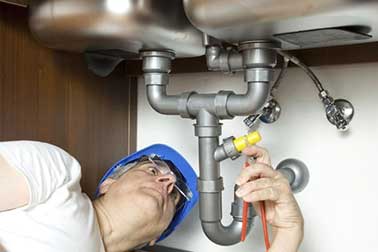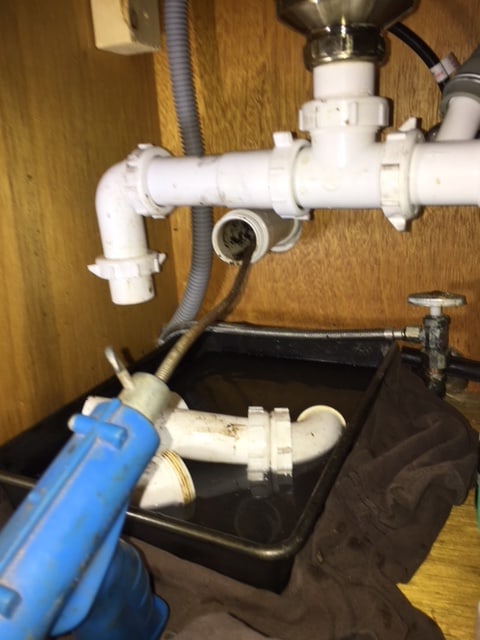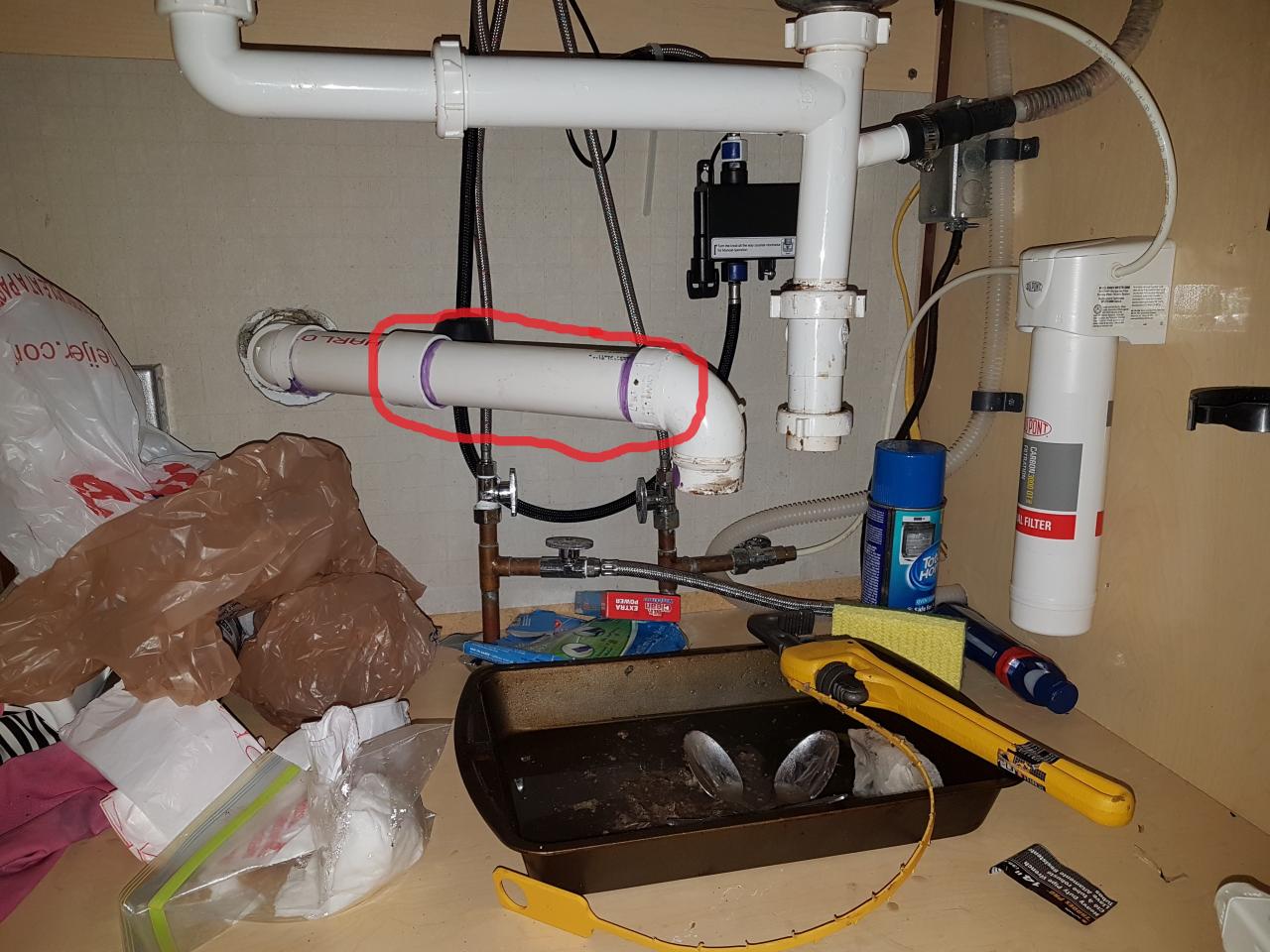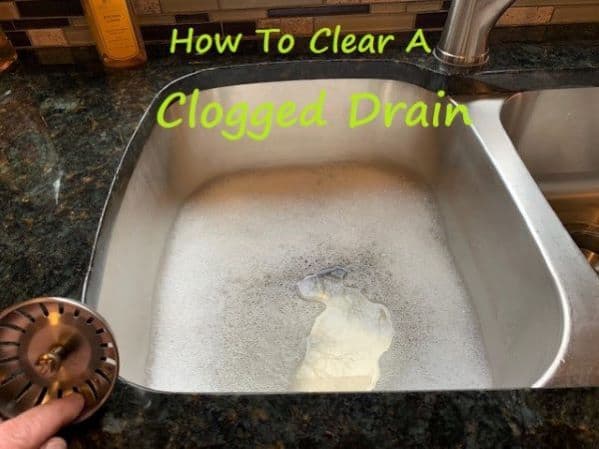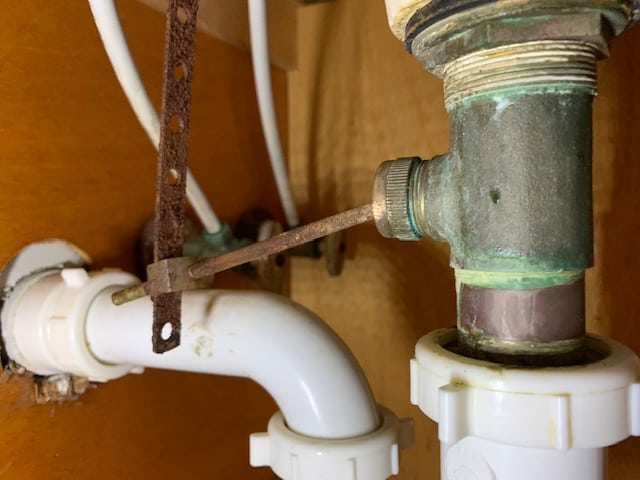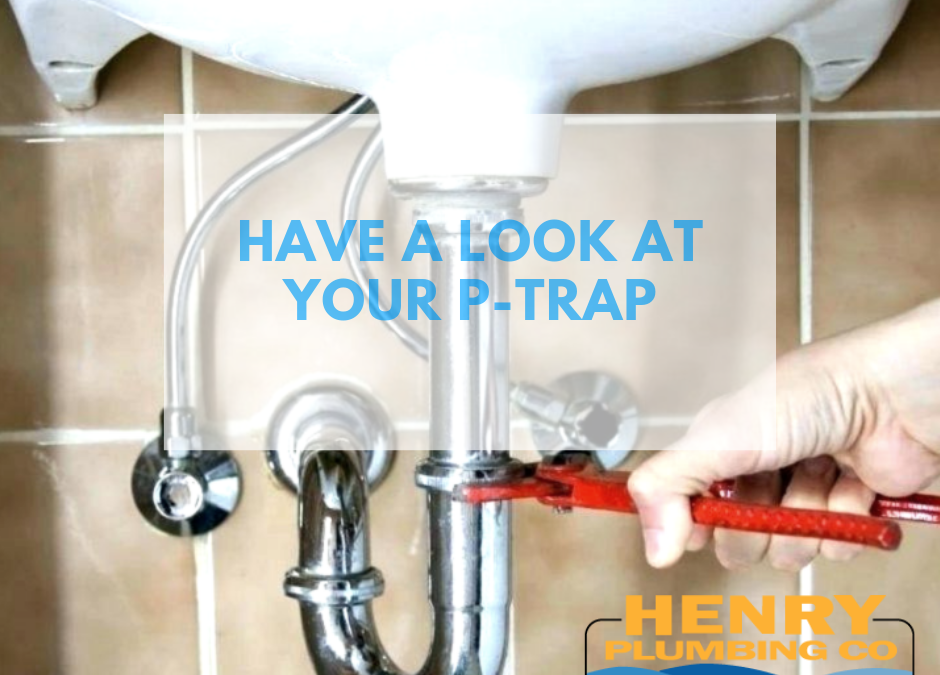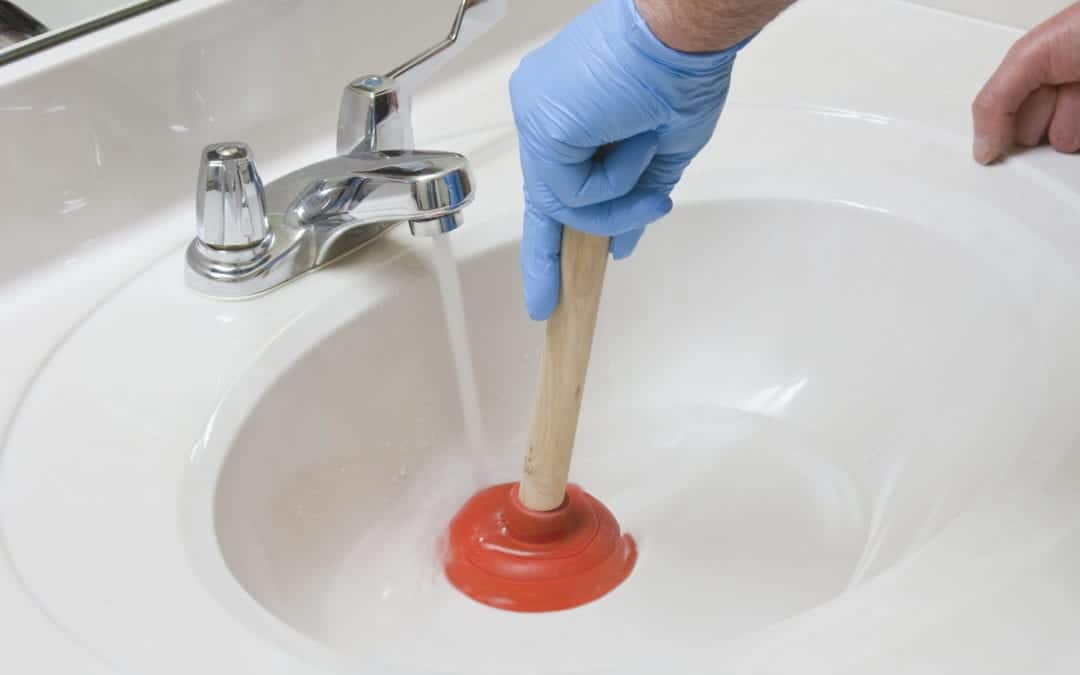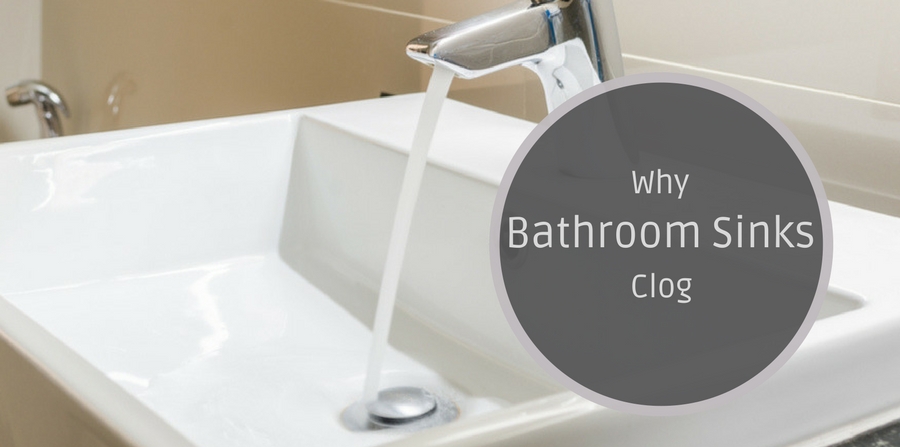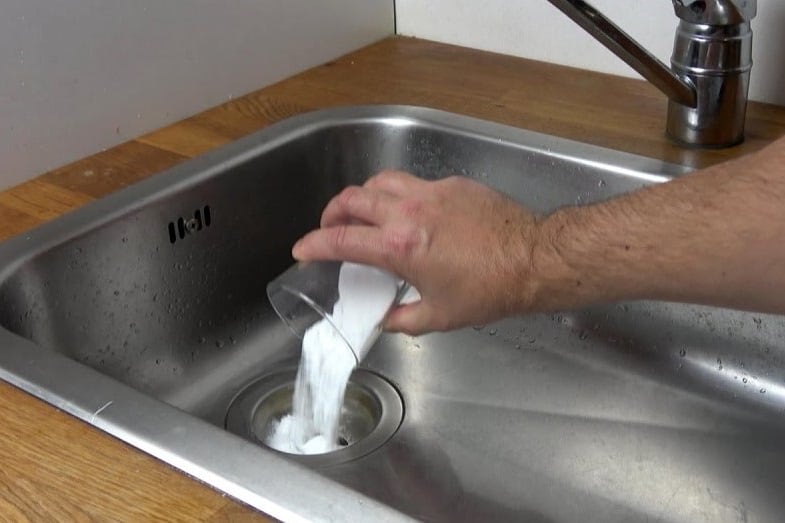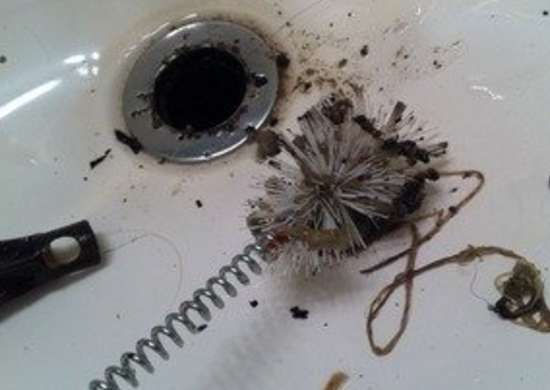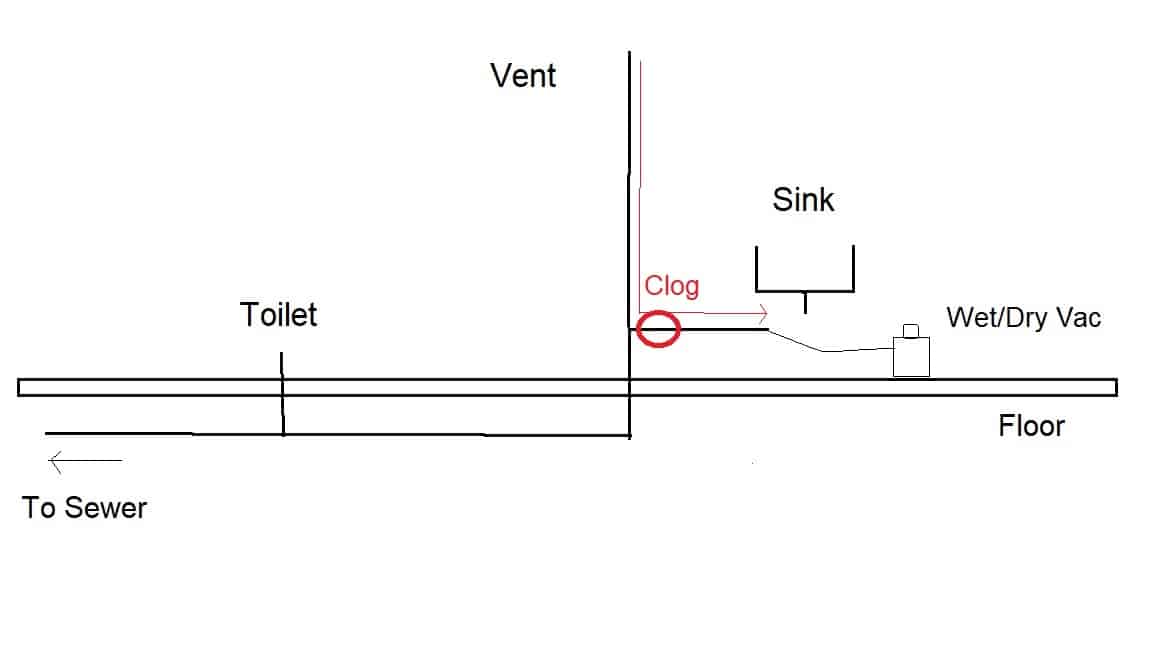Bathroom Sink Clogged Past The P Trap
Understanding the P Trap: The First Line of Defense Against Clogs
The P trap is an essential component of a bathroom sink’s plumbing system. It gets its name from its shape, resembling the letter “P.” Its primary purpose is to prevent sewer gases from entering your bathroom by creating a water seal. However, the P trap also plays a crucial role in trapping debris and preventing clogs. Understanding how the P trap works can help you maintain a clog-free bathroom sink.
- Anatomy of a P Trap: The P trap is typically located beneath the sink drain and consists of a curved section of pipe. It is designed to hold a small amount of water, which forms a seal, preventing odors and gases from rising back into your bathroom. The curved shape of the trap also helps in capturing debris and preventing it from going further into the plumbing system.
- Importance of P Trap Maintenance: Regular maintenance of the P trap is essential to keep it functioning properly. Over time, debris can accumulate in the trap, leading to slow drains and foul odors. To clean the P trap, you can place a bucket under the trap, unscrew the slip nuts, and remove any debris or gunk. It is important to be cautious while removing the trap to avoid any leaks or damage to the plumbing system.
- Common Issues with P Traps: Sometimes, the P trap can become a source of clogs itself. Hair, soap scum, and other debris can get caught in the trap, leading to slow drains or complete blockages. Additionally, if the trap is not properly aligned or sealed, it can cause leaks. Regularly inspecting the P trap for any signs of damage or leaks can help prevent further issues.
- Tips for P Trap Maintenance: To keep your P trap in good condition, here are a few maintenance tips:
- Regularly clean the trap to remove any debris or buildup.
- Check for any signs of leaks or damage and repair as needed.
- Avoid pouring grease or oil down the sink, as it can solidify in the trap and cause clogs.
- Use a drain strainer to catch hair and larger particles before they enter the drain and P trap.
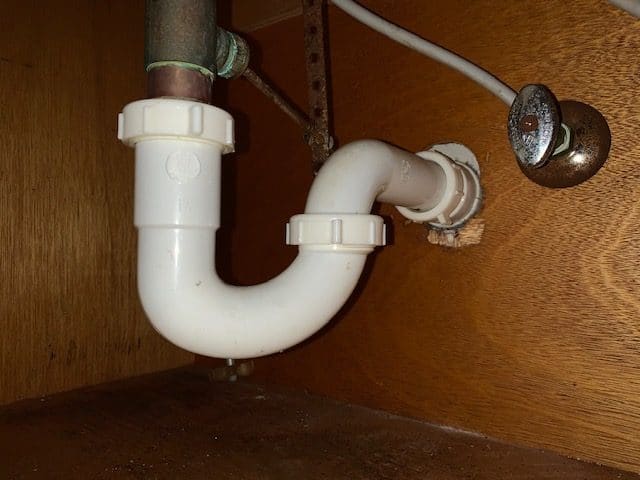
Signs of a Clog Beyond the P Trap
Introduction: While the P trap is often the first line of defense against clogs in a bathroom sink, sometimes the blockage can occur further down the plumbing system. Identifying a deeper blockage requires understanding the signs and symptoms that go beyond a clogged P trap. By recognizing these signs, you can take appropriate action to clear the clog and restore proper drainage.
Slow Draining: One of the common signs of a clog beyond the P trap is slow draining. If the water takes longer than usual to drain from the sink, it could indicate a blockage further down the line. Slow draining may be accompanied by gurgling sounds or bubbles coming up from the drain, indicating that the water is struggling to pass through the clog.
Multiple Clogged Fixtures: If you notice that multiple fixtures in your bathroom, such as the toilet or bathtub, are experiencing drainage issues simultaneously, it is a strong indication of a deeper blockage. Since these fixtures typically share the same main drain line, a clog in one area can affect the others as well.
Foul Odors: Unpleasant odors coming from your bathroom fixtures, even after cleaning, can be a sign of a clog further down the line. Blockages can trap organic matter, leading to the buildup of bacteria and resulting in foul smells. If you notice persistent odors, it is essential to investigate and address the underlying clog.
Overflowing Fixtures: In severe cases, a blockage beyond the P trap can cause fixtures to overflow. If water backs up into your sink, bathtub, or toilet, it indicates a severe clog that requires immediate attention. Overflowing fixtures can lead to water damage and should be resolved as soon as possible to prevent further complications.
Professional Assistance: When you encounter signs of a clog beyond the P trap, it is advisable to seek professional assistance. Plumbers have the expertise and tools necessary to locate and clear stubborn clogs in the main drain line. They can use techniques like drain snaking or hydro jetting to break up and remove the blockage, restoring proper flow.
Methods for Clearing Clogs Past the P Trap
Dealing with a clogged bathroom sink can be frustrating, especially when it goes beyond the P trap. While calling a professional plumber is always an option, there are several DIY solutions you can try before resorting to that. Below are some tried and tested methods for clearing clogs past the P trap, using simple tools and household ingredients.
Plunger Method: The plunger is a versatile tool that can be used to clear clogs in various fixtures, including bathroom sinks. To use a plunger, ensure there is enough water in the sink to cover the rubber cup. Place the plunger over the drain and create a tight seal. Push and pull the plunger vigorously, creating suction and pressure to dislodge the clog. Repeat this process several times, and hopefully, the clog will loosen and drain away.
Baking Soda and Vinegar: A mixture of baking soda and vinegar is a popular DIY solution for clearing clogs. Start by pouring one cup of baking soda down the drain, followed by one cup of vinegar. The mixture will create a foaming reaction that helps break down the clog. Let it sit for about 30 minutes, then flush the drain with hot water. This method can be effective for minor clogs, but may not work for more stubborn blockages.
Hot Water Flush: Sometimes, a simple hot water flush can do wonders in clearing a clog. Boil a kettle of water and carefully pour it down the drain in two to three stages, allowing each pour to work for a few seconds before adding more. The hot water can help dissolve grease and soap scum, which are common causes of bathroom sink clogs. This method works best for minor clogs and regular maintenance.
Plumbing Snake: If the clog persists, using a plumbing snake or drain auger can be an effective solution. Insert the snake into the drain until you feel resistance, then rotate the handle to break up the clog. Keep pushing and rotating until the snake goes through the blockage. Once the clog is cleared, run hot water to flush the drain and ensure everything is flowing smoothly.
When to Call in the Professionals?
While many bathroom sink clogs can be resolved with DIY solutions, there are times when it is best to call in the professionals. Recognizing the signs that indicate the need for a plumber can save you time, effort, and potential damage to your plumbing system. Let’s discuss the signs that suggest it’s time to seek professional assistance for your clogged bathroom sink.
Multiple Failed DIY Attempts: If you have tried several DIY methods to clear the clog, such as plunging, using baking soda and vinegar, or using a plumbing snake, and none of them have worked, it is a clear indication that the clog is beyond your capabilities to handle. At this point, it is best to bring in a professional plumber who has the knowledge, experience, and specialized tools to tackle stubborn clogs.
Recurring Clogs: If you find that your bathroom sink keeps getting clogged repeatedly, even after clearing it multiple times, it may be a sign of a more significant underlying issue. Recurring clogs can indicate a problem deeper in your plumbing system, such as a damaged or collapsed pipe. A plumber can conduct a thorough inspection to identify the root cause of the problem and provide the necessary repairs.
Foul Odors and Sewer Smells: Persistent foul odors coming from your bathroom sink, despite attempting various DIY solutions, can be a sign of a more severe problem. Sewer smells typically indicate a blockage or a problem with the sewer line. A professional plumber can use specialized equipment to locate the source of the odor and determine the appropriate course of action to resolve the issue.
Slow Draining in Multiple Fixtures: If you notice slow draining or clogs not only in your bathroom sink but also in other fixtures in your home, such as toilets or showers, it suggests a more extensive problem in your plumbing system. This could be caused by a blockage or a damaged main sewer line. A plumber will be able to diagnose the issue and implement the necessary repairs or replacements.
Maintenance Tips for a Smooth-Running Bathroom Sink
Prevention is always better than dealing with clogs in your bathroom sink. By adopting a few simple maintenance habits, you can minimize the chances of future clogs and keep your sink running smoothly. Here are several effective maintenance tips to prevent clogs in your bathroom sink and ensure it stays in optimal condition.
Use a Drain Strainer: One of the most effective ways to prevent clogs is by using a drain strainer or stopper. These inexpensive devices sit over the drain, catching hair, debris, and other particles before they enter the plumbing system. Regularly clean the strainer to remove any trapped materials, and you will significantly reduce the risk of clogs.
Avoid Pouring Grease and Oil: Grease and oil can solidify and cause stubborn clogs in your bathroom sink. Avoid pouring cooking oil, grease, or fat down the drain. Instead, collect them in a container and dispose of them in the trash. Wipe down greasy dishes with a paper towel before rinsing them in the sink to minimize the amount of grease entering the drain.
Flush with Hot Water: Periodically flushing your bathroom sink with hot water can help prevent the buildup of soap scum and grease. Run hot water for a few minutes to ensure any residue in the pipes is flushed away. This simple practice can help maintain a clean and clear drain.
Regular Cleaning: Regularly cleaning your bathroom sink can help prevent clogs by removing soap scum, toothpaste residue, and other buildups. Use a non-abrasive cleaner and a soft cloth or sponge to clean the sink and drain. Avoid using harsh chemical cleaners, as they can damage your pipes over time.
Professional Maintenance: Having your plumbing system professionally inspected and maintained regularly can help catch potential issues before they become major problems. A professional plumber can conduct a thorough inspection, clean the drains, and provide any necessary repairs or maintenance to keep your bathroom sink running smoothly.
Clear A Sink Clogged Past The Trap In Minutes Our Recipes For
Clogged Drain? Have a Look at Your P-Trap
Why Is Your Bathroom Sink Clogged?
Never Have Clogged Drain/Sink Again
Four Reasons Your Bathroom Sink is Clogging Mike Diamond
Kitchen Sink Clogged Past Trap – How to Fix – 6 Steps – Home Care Zen
How to Unclog a Drain in 6 Steps – Bob Vila
Clear A Sink Clogged Past The Trap In Minutes Our Recipes For
Related Posts:
